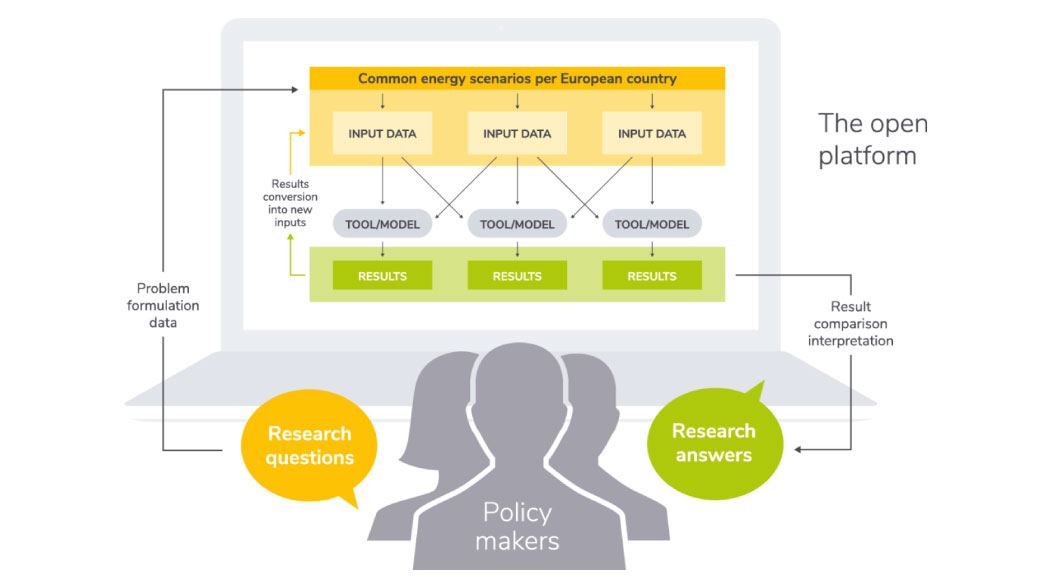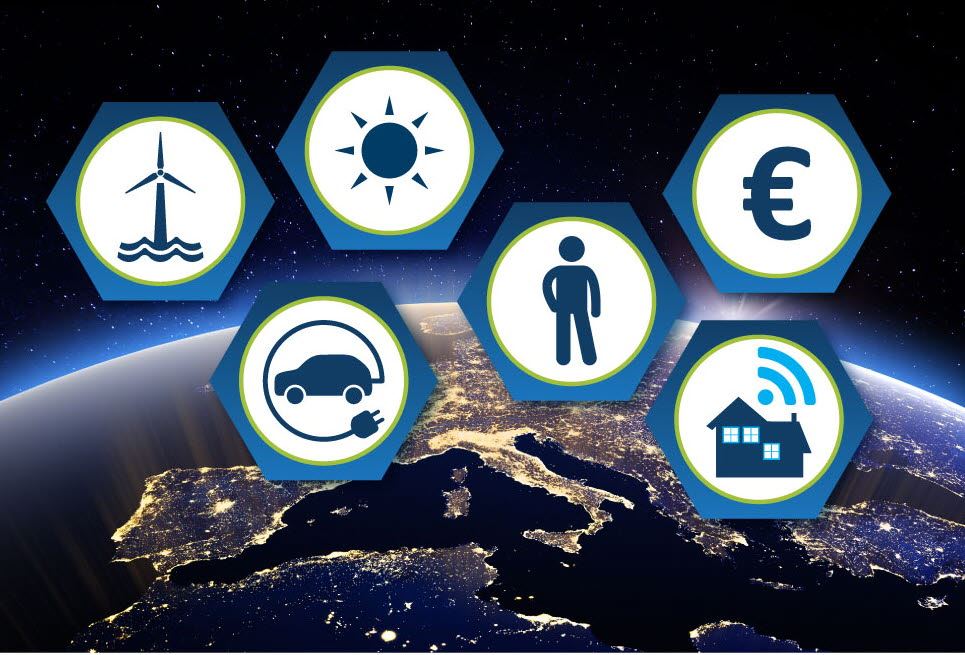The models can be used at different geographical levels, e.g. locally, nationally or for several countries together. The results will be useful for politicians, authorities, industry and for the public debate.
Currently available models do not fully encompass and integrate all the new challenges posed by the energy transition, such as decentralization and variability in power supply, the need for flexibility, short and long-term market dynamics, integration of energy systems, integration of innovative technologies, and the interaction among the growing number of independent actors.
The H2020 project Open ENTRANCE addressed these challenges. The project focused on the development, use, and dissemination of an open, transparent, and integrated model platform to analyze the transition of the energy system in Europe towards a low-emission future.
The platform incorporates state-of-the-art models and data, simplifying and enhancing discussions among researchers, decision-makers, and industry stakeholders on key issues in the energy system transition.

Open ENTRANCE improved the quality of modeling Europe's energy system transition in several ways:
- by optimising the quality of models included in the modelling platform
- by linking models to enable faster analytical work and the performance of sensitivity analyses
- by incorporating large-scale empirical data on human behaviour into energy modelling tools
- by combining detailed bottom-up and top-down approaches
- by enabling comparative studies using different models
Open ENTRANCE will demonstrate the functionality of the platform by conducting scenario-building exercises, in-depth (case) studies and macro-economic analyses of the transition. The resulting energy transition pathways will form the basis for recommendations provided to inform policy makers.
The platform will enable third-party users to link their own tools to the database and conduct comparative studies with the results from the Open ENTRANCE project. The consortium partner IIASA will guarantee that the database will remain freely accessible for at least ten years after the end of the project. If new projects wish to use the platform, further development will be possible.
SINTEF Energy, by Ingeborg Graabak, coordinated the project work. Open ENTRANCE organized several workshops for user partners, the Energy Modeling Platform for Europe (EMP-E), and a workshop in the European Parliament.
SINTEF Energy plans to use Open ENTRANCE to develop similar projects and activities, providing an opportunity to enhance Norwegian energy modeling expertise and showcase different roles for hydropower in the future low-emission energy system in Europe.

Open ENTRANCE was a 4-year project partly funded by Horizon2020 EU Grant no 835896-999513221

